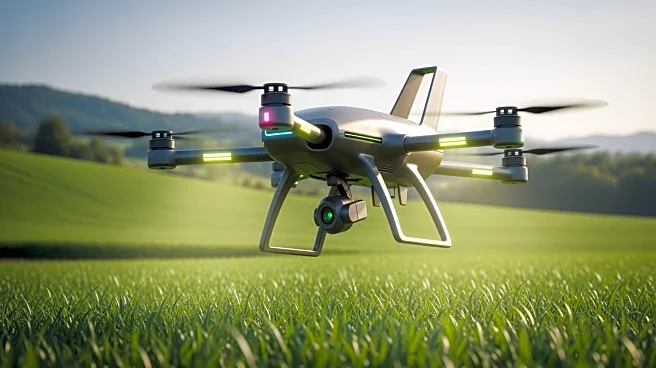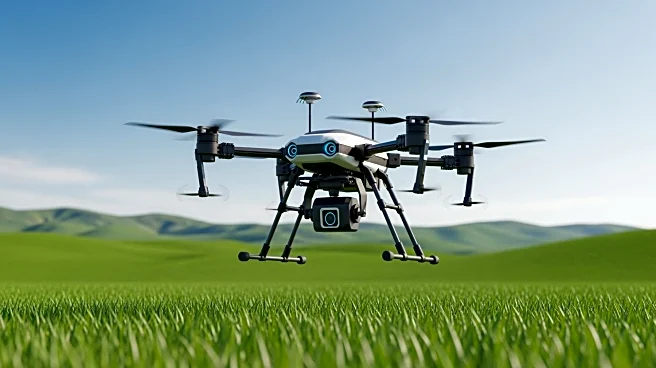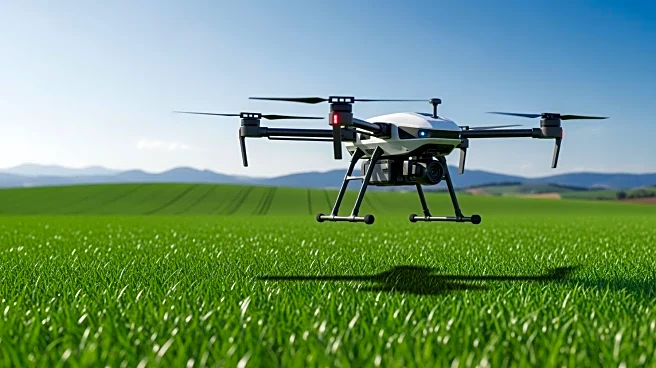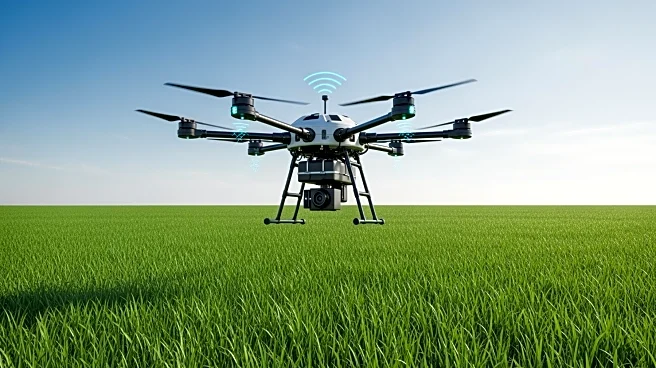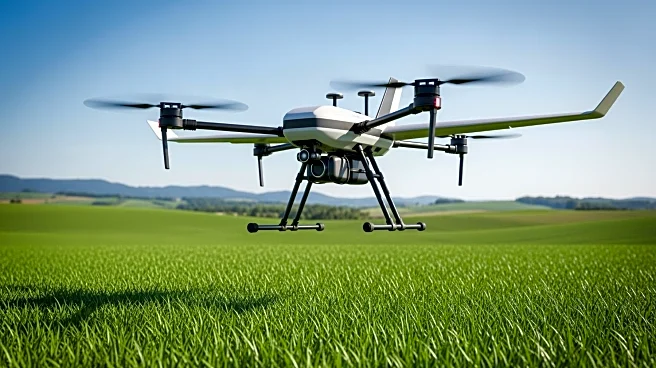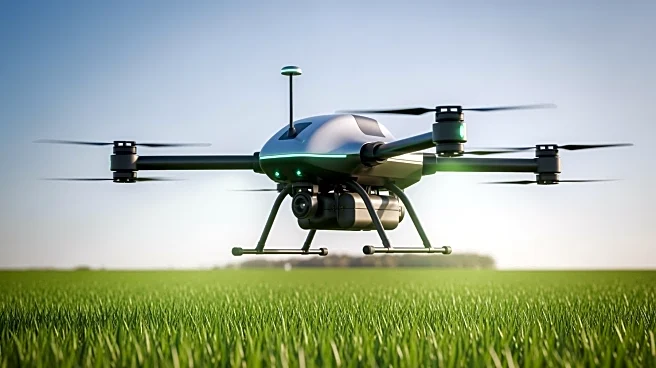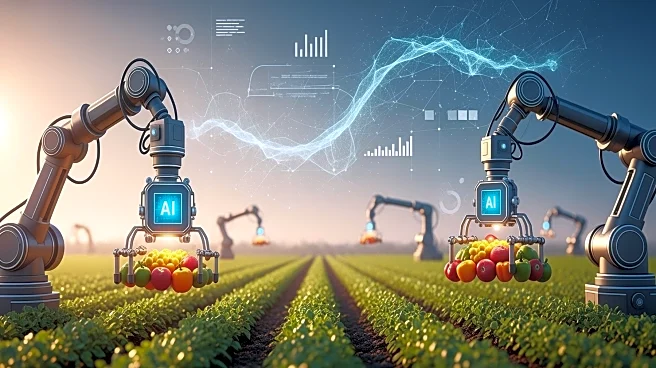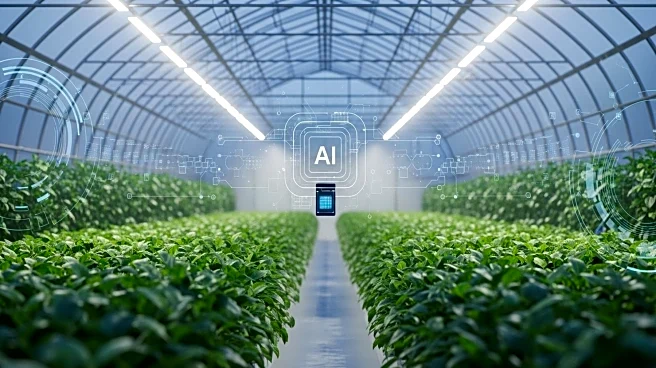What's Happening?
The global agriculture drone market is anticipated to grow significantly, reaching an estimated value of $80.94 billion by 2034. This growth is driven by advancements in precision agriculture and GPS mapping,
alongside the increasing adoption of smart farming practices. The market, valued at approximately $2.68 billion in 2024, is expected to expand at a compound annual growth rate (CAGR) of 40.60% from 2025 to 2034. North America, Europe, and the Asia-Pacific regions are key markets, with North America poised to hold a substantial share due to high-quality crop demand, increased labor costs, and automation in farming. The Asia-Pacific region, particularly in emerging economies like India and China, is expected to experience rapid growth due to rising food demand and economic expansion.
Why It's Important?
The expansion of the agriculture drone market is significant for several reasons. It highlights the increasing reliance on technology to enhance agricultural productivity and efficiency, addressing the challenges of feeding a growing global population. Drones offer precise data collection capabilities, enabling farmers to optimize resource management and crop health monitoring. This technological shift is crucial in regions facing labor shortages and an aging farmer demographic, as it supports sustainable farming practices. The market growth also reflects broader trends in agricultural innovation, with potential benefits for food security and economic development in both developed and emerging markets.
What's Next?
As the agriculture drone market continues to expand, further advancements in drone technology and regulatory adjustments are expected to support its growth. Industry players are likely to focus on integrating data collection systems into business models, enhancing the utility of drones in farming operations. The adoption of drones for applications such as spraying, seeding, and livestock management will likely increase, driven by investments from organizations and government agencies. This trend may lead to more efficient farming practices and improved crop yields, contributing to the overall sustainability of the agricultural sector.
Beyond the Headlines
The rise of agriculture drones also raises questions about the future of traditional farming practices and the potential displacement of labor. As automation becomes more prevalent, there may be a need for workforce retraining and education to ensure that farmers can effectively utilize new technologies. Additionally, the environmental impact of increased drone usage, such as energy consumption and electronic waste, will need to be considered as the market grows.
